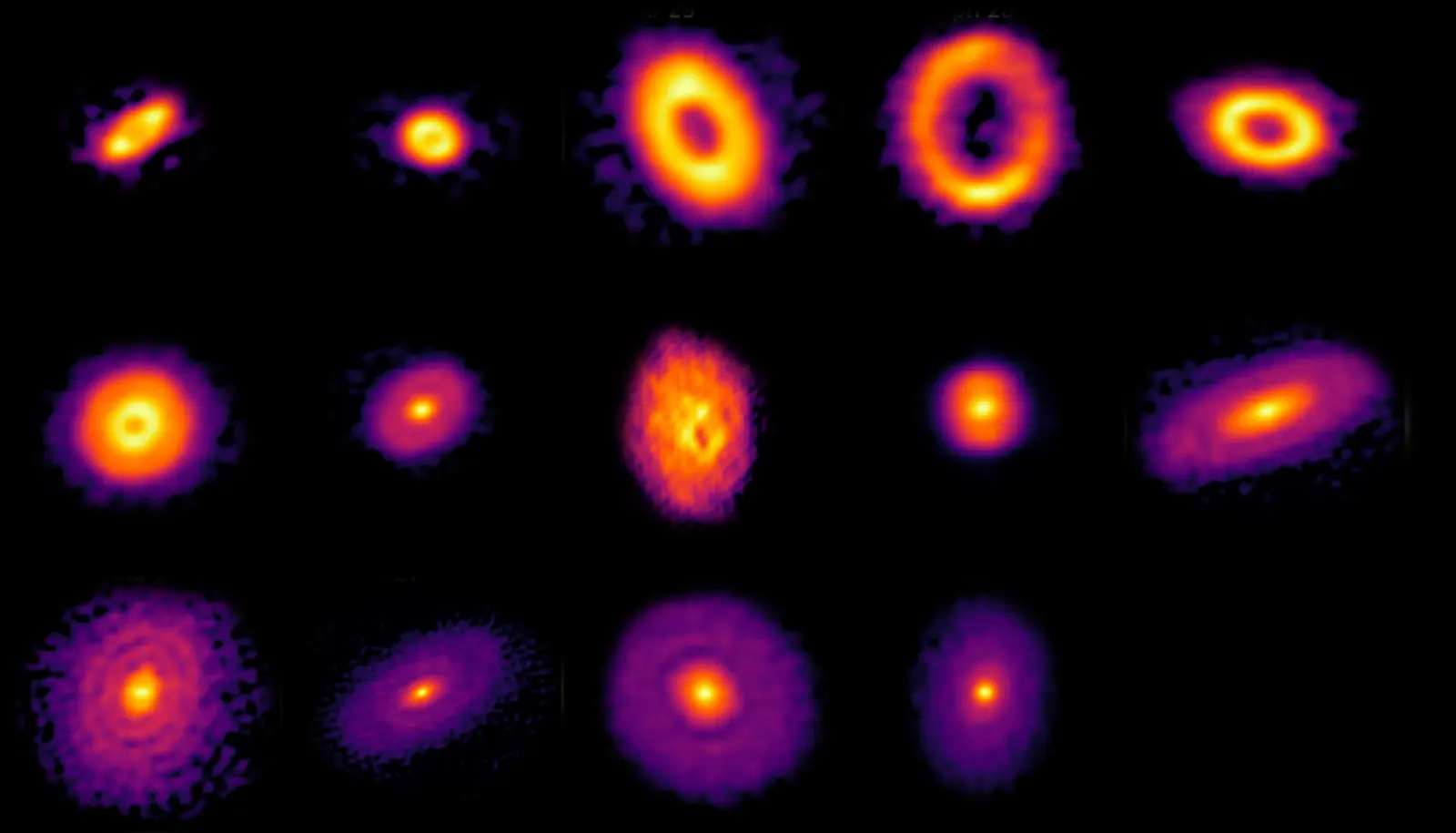Planet formation may occur much more rapidly than previously thought

Astronomers, utilizing data from the powerful Atacama Large Millimeter/submillimeter Array (ALMA), have discovered ring and spiral structures in very young planetary disks, demonstrating that planet formation may begin much earlier than previously thought.
The international team captured images of Class 0 and Class I planetary disks, which are much younger than the previously observed Class II disks. Class II disks are known to have gaps and ring structures, indicating that planetary formation is well underway.
"ALMA’s early observations of young protoplanetary disks have revealed many beautiful rings and gaps, possible formation sites of planets," said Cheng-Han Hsieh, PhD Candidate at Yale University, “I wondered when these rings and gaps started to appear in the disks”
The new study shows that the formation of structural elements in planetary disks begins surprisingly early - when disks are around 300,000 years old - with young disks having multiple rings and spiral structures or evolving into a ring with a central cavity. These findings challenge our current understanding of planet formation, particularly concerning the creation of large Jupiter-like planets.
"It is difficult to form giant planets within a million years from the core accretion model,” said Cheng-Han Hsieh.
Future studies will help determine the precise time when the disk substructure appears and its connection to early planet formation.
- READ MORE ON:
- Planet formation
- Early Evolution of Planetary Disk
- ALMA










